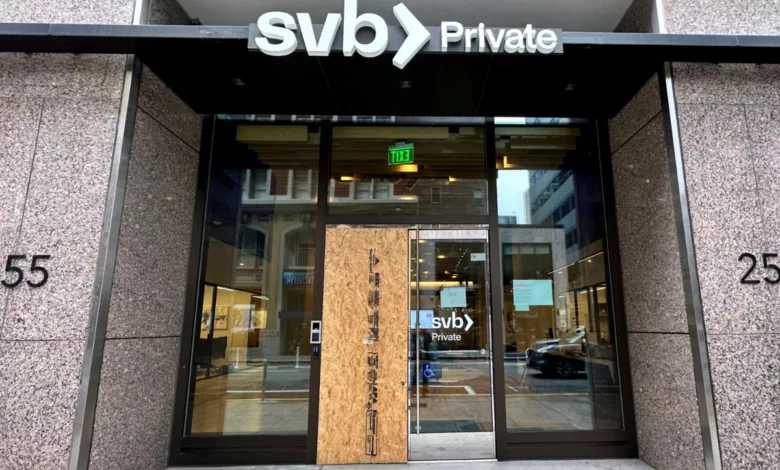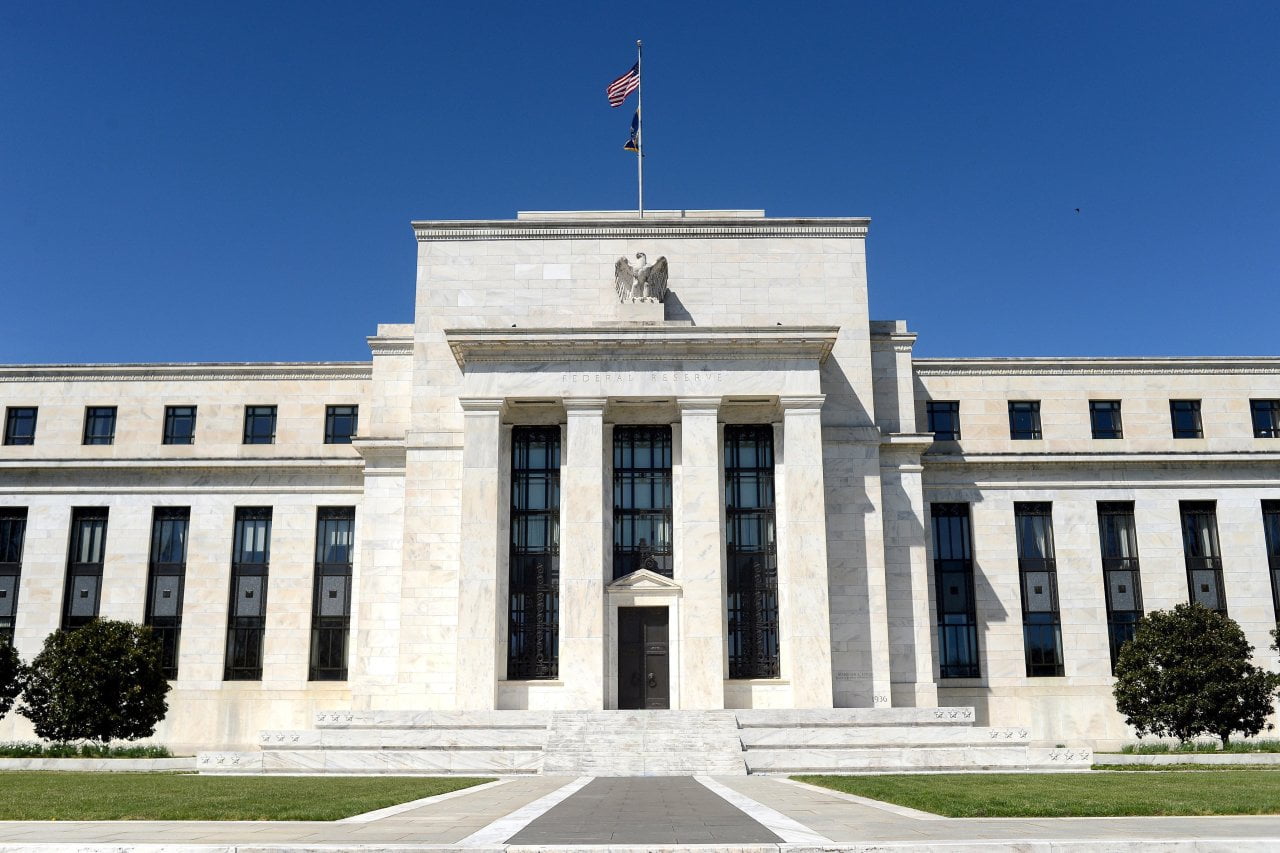The Government Should Consider SVB Bailout: Bill Ackman; The Largest Financial Crisis in U.S Since 2008 Financial Crisis
SVB Bank crisis has become the largest American bank to collapse since the financial crisis in 2008 when the Californian regulators shut it down on Friday. How will the crisis affect the investors?

The Perishing Square founder Bill Ackman has stated that the US government should consider a highly dilutive bailout of the SVB Financial Group when a private capital solution could not be provided.
The companies backed by venture capital utilize SVB for receiving operating cash and loans. A failure of the firm can destroy the integral long-term finance for the economy. He has talked about the bailout on his social media platform. The government can even choose to guarantee deposits in exchange for warrants. It will enable SVB to raise new funds as stated by Ackman.

Greg Becker, SVB Financial Group’s Chief Executive Officer has shared concerns about the financial position of SVB group, asking the customers to stay calm in the situation.
The bank is trying to prevent bank runs as the fund giants are recommending pulling out cash.
The bank’s clients consist of Venture capital investors. Beecher has addressed the investors to support the lender in the tough situation like they have backed SVB for the last 40 years.
The investment firm named Bear Stearns that has failed to cope with the global crisis in 2008, was later acquired by JP Morgan and Company. The CEO Jamie Dimon has regretted the move.
Ackman has revealed in his tweet that a bailout should be conducted to protect the depositors, not management or holders of cash.
SVB bank crisis has become the largest US bank crisis to befall since the financial crisis in 2008. The sudden collapse has put investors in a difficult position, it has stranded billions of dollars for companies and investors.
Financial stocks and global stocks have taken a massive toll recently after the regulatory authorities inspected the SVB Financial Group. A rapid decline has followed it in its stocks that has caused a market loss of 80 billion USD.
The situation has caused the Silicon Valley Bank to become the largest US bank to fail in recent years. The SVB crisis took place within 48 hours when the bank stated that it was planning tortoise funds to mend the gaps in its balance sheet. It has triggered a massive selloff and has shaken the confidence of clients and depositors.
As the panic increased among the depositors, SVB had to halt its plan of fundraising, but the damage has already been caused.
Californian regulators shuttered the tech and startup-oriented financial lender. The former has been put under the control of the US Federal Deposit Insurance Corporation.
The shock has followed another where SVB has experienced a 60 percent decline in its premarket trade. It panicked the depositors.
The SVB financial group was looking for means to sell the stakes, but after a failed fundraising attempt, the deposits moved out too quickly. After the onset of the crisis, the company informed its employees to work from home until further notice.
![]()
After a few hours, FDIC confirmed that SVB was shut down by the California Department of Financial Protection and Innovation, it was further appointed as a receiver. SVB has become the first FDIC-insured bank to face a massive crisis in two years.
The collapse of the bank has taken place within a few hours, but analysts have stated that the bank has been a victim of high-interest rates and fears more hikes of rates in 2023.
After the low-interest rates during the pandemic, the central banks led by the US Federal Reserve have started increasing the interest rates dramatically to take control of rising inflation. It has even hurt investors’ sentiments and taken a negative toll on many start-up businesses, which include lenders like SVB.

It is attributed to the lack of risk by investors when the money available to them becomes expensive due to high-interest rates. Thus, the investors in the tech startups, who are the primary clients of SVB became reluctant to take such risks. The funding winter has created a difficult situation for SVB as investors started to pull out their funds for their liquidity needs. It has resulted in the bank looking for other methods to meet customers’ withdrawals.
Under pressure for funding, Silicon Valley Bank sold a 21 billion USD portfolio of US Treasuries the last week, which experienced an expensive loss of 1.8 billion USD. The portfolio yielded an average of 1.79 percent, lower than 3.7 percent.
To close the $1.8 billion funding gap, it announced the sale of $2.25 billion in common equity and preferred convertible stock. This unexpected announcement on Thursday raised concerns about its balance sheet, and its stock dropped 60%.
Following the advice of venture capital firms, investors immediately withdrew their funds from the bank. This alarmed the bank’s other major investors, leading to the cancellation of the stock sale plan.
SVB desperately sought alternative funding and considered selling the company on Friday. However, its last-ditch efforts were unsuccessful, and it was eventually shut down by regulators and turned over to the FDIC.
The FDIC has stated that it will seek to sell SVB’s assets and that future dividend payments to uninsured depositors may be made.
Who will be most affected by the SVB’s collapse?
There has been rising tension among uninsured investors, who have funded substantial amounts in the startup. These investors will now have to wait and watch how the situation turns out.
The FDIC has stated that the amount of uninsured funds is yet to be calculated. However, data handed by the bank to FDIC has shown that 89 percent of 175 billion USD in deposits were uninsured.
The funds will be available for the insured investors by Monday. However, it can be a long and complicated process.
It implies rising concerns among uninsured investors, not individuals but companies that need cash for its operation. It means that even if the SVB crisis may not show a full-blown out situation, it could put the livelihoods of many at risk.
edited and proofread by nikita sharma




